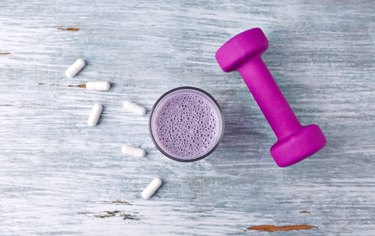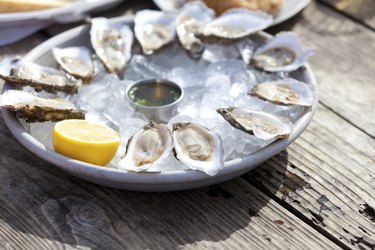Poisonings can be serious and potentially life-threatening. That's why our poisoning page offers a variety of resources to help you better understand various types of poisonings, including information on symptoms, causes and treatment options.
Here, we provide in-depth articles featuring medical experts on specific types of poisonings, as well as general information on poisoning prevention and management. We also offer advice on how to cope with the emotional and psychological effect of poisonings, as well as information on various poison control centers and support services.
Whether you are dealing with a specific poisoning yourself or are supporting a loved one through the process, our poisoning page has something for you. We offer practical tips for managing poisoning symptoms and side effects, advice on how to communicate effectively with health care providers and information on various poisoning resources and support services."


